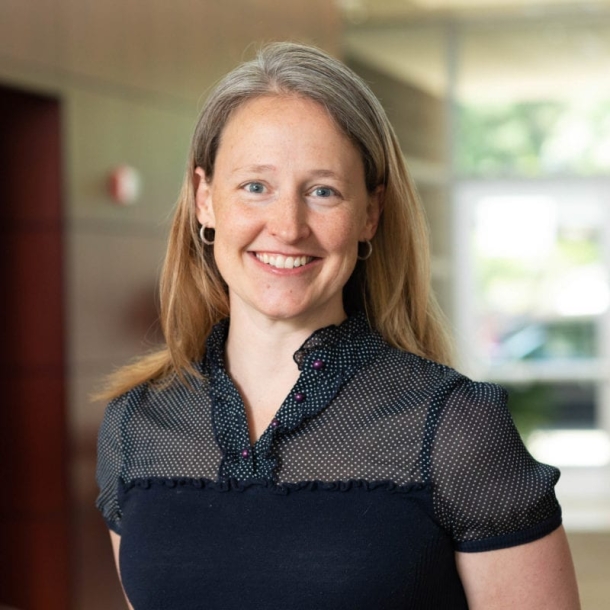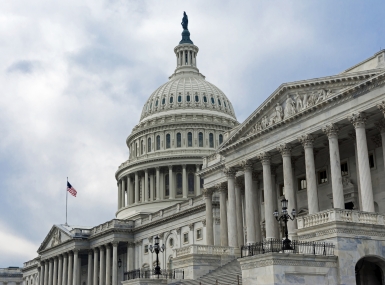We’ve Always Done It This Way
Author

Erika Philpot

Rose Winkeler
Upcoming Events
Related News

Was one of your New Year’s resolutions to get more organized and be more efficient? How’s that going so far?
According to AllBusiness.com, the average desk has “36 hours’ worth of work” on it and we “waste up to 3 hours a week just looking for stuff.” (And the statistics about germs on desks are frightening too.)
We hope we can clean our desks at least a few times a year, but when was the last time you brushed the dust off a work process? Perhaps this month, rather than just focusing on the paper on top of your desk, it would be a great opportunity to also pick one process to evaluate and make more efficient.
How do we all end up with inefficient processes? Well, as technology changes and evolves, systems are in a constant state of flux and upgrade. We are always seeking better ways to increase efficiency and automate processes — to be smarter, faster and less costly. But over time, small adjustments can lead to many complicated steps in any process.
To be most efficient, before we change, implement or integrate any system, we should take a moment to evaluate the process behind the system. That’s where big efficiencies can be found.
We all know that it isn’t uncommon to ask employees why a process is done a certain way and have them respond: “It was set up when we implemented this computer system” or “I don’t know, but we have always done it that way.”
To find opportunities for efficiency, start with process mapping. It is a great tool to identify the strengths and weaknesses of any processes. Process mapping will help answer the questions “Is the process functioning the way it was designed?”
Some organizations have committees or teams to address efficiency and provide assistance in this area. But even if you don’t, here are some things you can do with a whiteboard and a marker. Use the marker to answer and diagram the following:
- Identify the steps of the process as it is today and clarify the purpose that it serves.
- What and/or who starts the process?
- Who is involved in the process?
- What are the decision points of the process? Places where the action is different based on a yes or no answer.
- Does the process go back and forth multiple times between the same parties involved?
- Are there process steps that happen simultaneously and are completed by different participants?
- What is the result of the process? Where does the process end?
- Who are the customers, internal and external, of the result and how are they notified of the result?
- Identify the problems, duplication, communication gaps and inefficiencies.
- Take a picture of the whiteboard on your phone.
So now you have a visualization of how the process works (warning — it might be really complex and a little scary). But having a picture of the process allows you to take a step back and see all the steps involved. That’s when you can create a more efficient, revised process.
Now, after seeing the way a process currently works, take the time to envision the process you want to have. Is this the process “customers” will truly appreciate? The process that keeps everyone in the communication loop? The process that saves time?
Once you have decided what you really want, define the steps of how to get there. What small changes can you make? What larger changes are worth making? Who should help you design the new process? What internal and external customers need to be educated and aware of the change?
These techniques help us see complexity in a visual way so we can imagine logical shortcuts and improvements. Try it now, early in the New Year and let us know if you see improvements in time, accuracy, reduced costs and customer satisfaction.
Attachments
Related News

Congress introduces Second Chance Act reauthorization
On April 16, the Second Chance Reauthorization Act of 2024 (H.R. 8028) was introduced in the U.S. House of Representatives with robust bipartisan support. NACo supports this legislation, which would reauthorize funding for Second Chance Act (P.L. 110-199) programs for five years.

Congressional leaders introduce new legislation for a national data privacy framework
On April 7, U.S. House Energy and Commerce Committee Chair Cathy McMorris Rodgers (R-Wash.) and U.S. Senate Commerce, Science and Transportation Committee Chair Maria Cantwell (D-Wash.) introduced the American Privacy Rights Act.

U.S. Department of Energy announces $18 million for Local Government Energy Program
U.S. Department of Energy announces $18 million for Local Government Energy Program